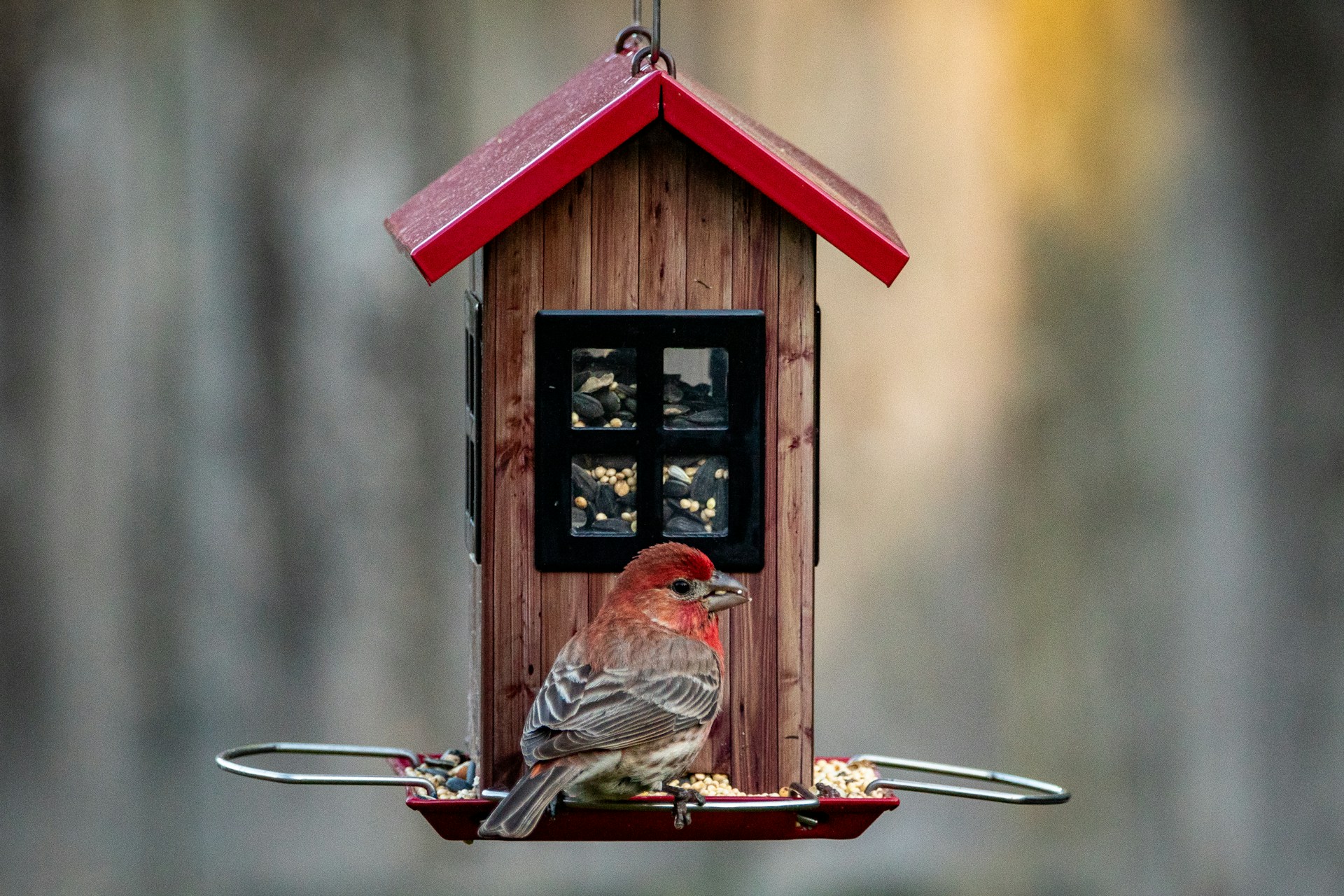PROTECT YOUR DNA WITH QUANTUM TECHNOLOGY
Orgo-Life the new way to the future Advertising by AdpathwayBird activity might seem to vanish in late summer, but your yard hasn’t gone quiet; it’s just entered a seasonal shift. Nesting slows. Insects drop off. Singing stops. And birds? They’re still there, just focused on survival and preparing for what’s next.
If there’s one thing you can do now to keep them coming, it’s this: plant native elderberry before August.
Birds Don’t Vanish in Summer, They Change Strategy
Most backyard birders notice fewer visits to feeders in late July and August. But this doesn’t mean birds have left, it means they’re feeding differently. As summer wears on, high-protein insects become scarce, and many birds shift toward fruit to fuel migration and molt.
That’s why late-fruiting plants matter more than ever right now, and few are better timed than elderberry.
Elderberry Is a Natural Bird Magnet
Native elderberries (Sambucus canadensis in the East, Sambucus racemosa in the West) ripen right when birds need them most. Their deep purple berries are packed with sugar, moisture, and antioxidants. For migrating thrushes, foraging catbirds, and second-brood bluebirds, they’re ideal.
And it’s not just about nutrition, elderberry’s branching structure and large berry clusters make it accessible for multiple species at once, from robins to orioles, and even woodpeckers and hummingbirds.
Here’s what makes elderberry a smart, low-effort addition to your yard:
-
Late-summer fruiting fills a critical gap when feeders often go untouched.
-
Packed with nutrients that support migration and molting.
-
Attracts dozens of species, including many that don’t visit feeders.
-
Doubles as an insect habitat, feeding both birds and their young.
-
Grows quickly and is native, making it trusted by local wildlife.
If you’re tempted to wait until fall to plant elderberry, don’t. Shrubs planted in July and August still have time to root deeply before cold weather arrives. This is especially true in regions that see summer rainfall through August or early September.
Getting elderberry in the ground now means it can establish quickly and even produce a small berry crop next year, especially in southern or coastal zones.
Elderberry isn’t demanding. It prefers full sun but handles partial shade. Moist soil helps, but once rooted, it tolerates dry spells well. You can prune it back in late winter and watch it come roaring back each spring, often bigger than before.
If space allows, plant two different cultivars for better berry yields. Look for varieties like ‘Adams’, ‘York’, or ‘Johns’, widely available at native plant nurseries and online.
One Plant, Many Birds, Endless Payoff
You won’t just get one kind of bird. Elderberries attract catbirds, tanagers, thrushes, orioles, woodpeckers, bluebirds, hummingbirds, and waxwings, often when other food sources have dried up.
While your neighbors wonder where the birds went, your yard will stay alive with motion, song, and color. If you do just one thing for birds this summer, make it elderberry. Plant now, and let nature do the rest.

























 English (US) ·
English (US) ·  French (CA) ·
French (CA) ·